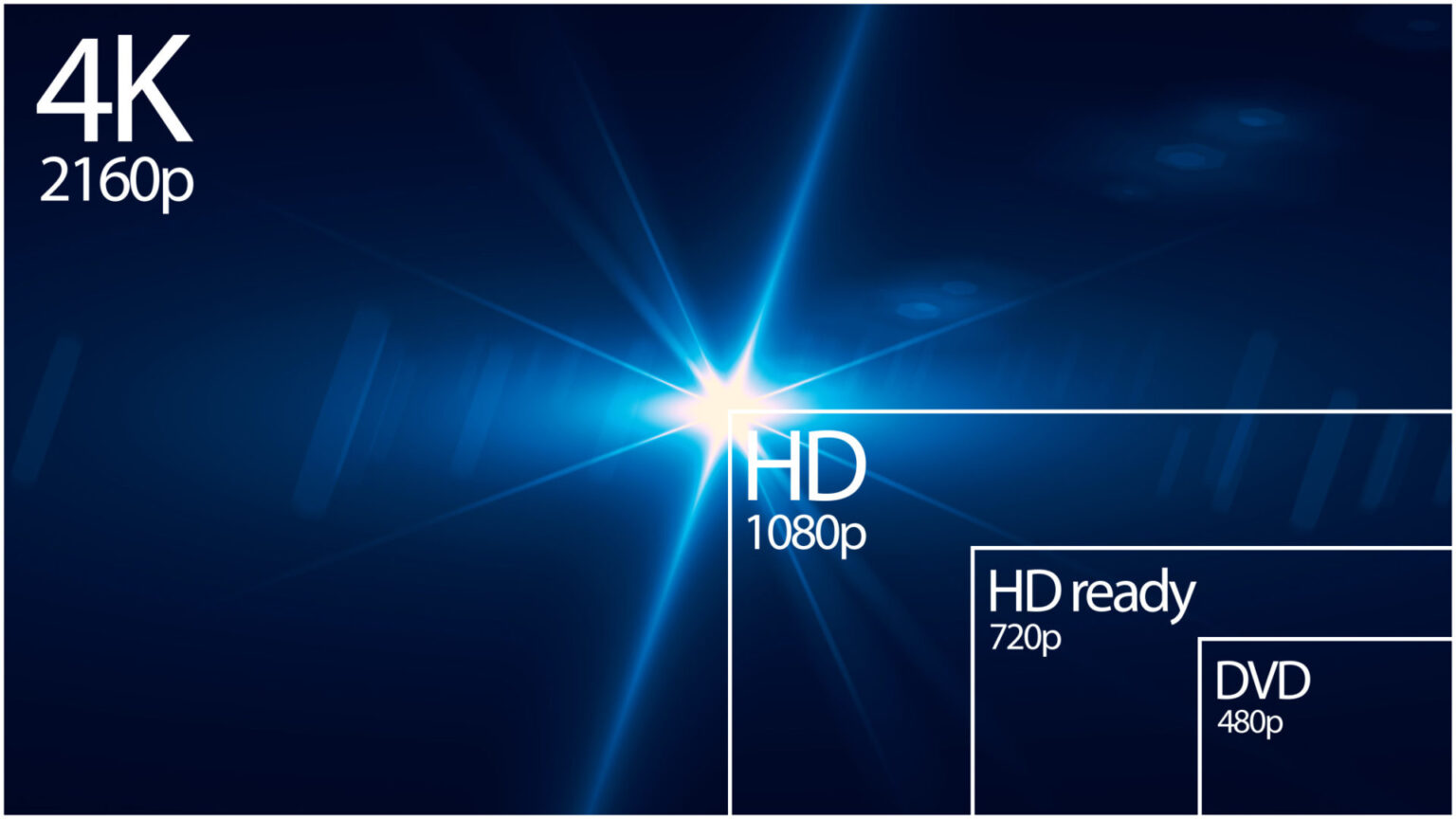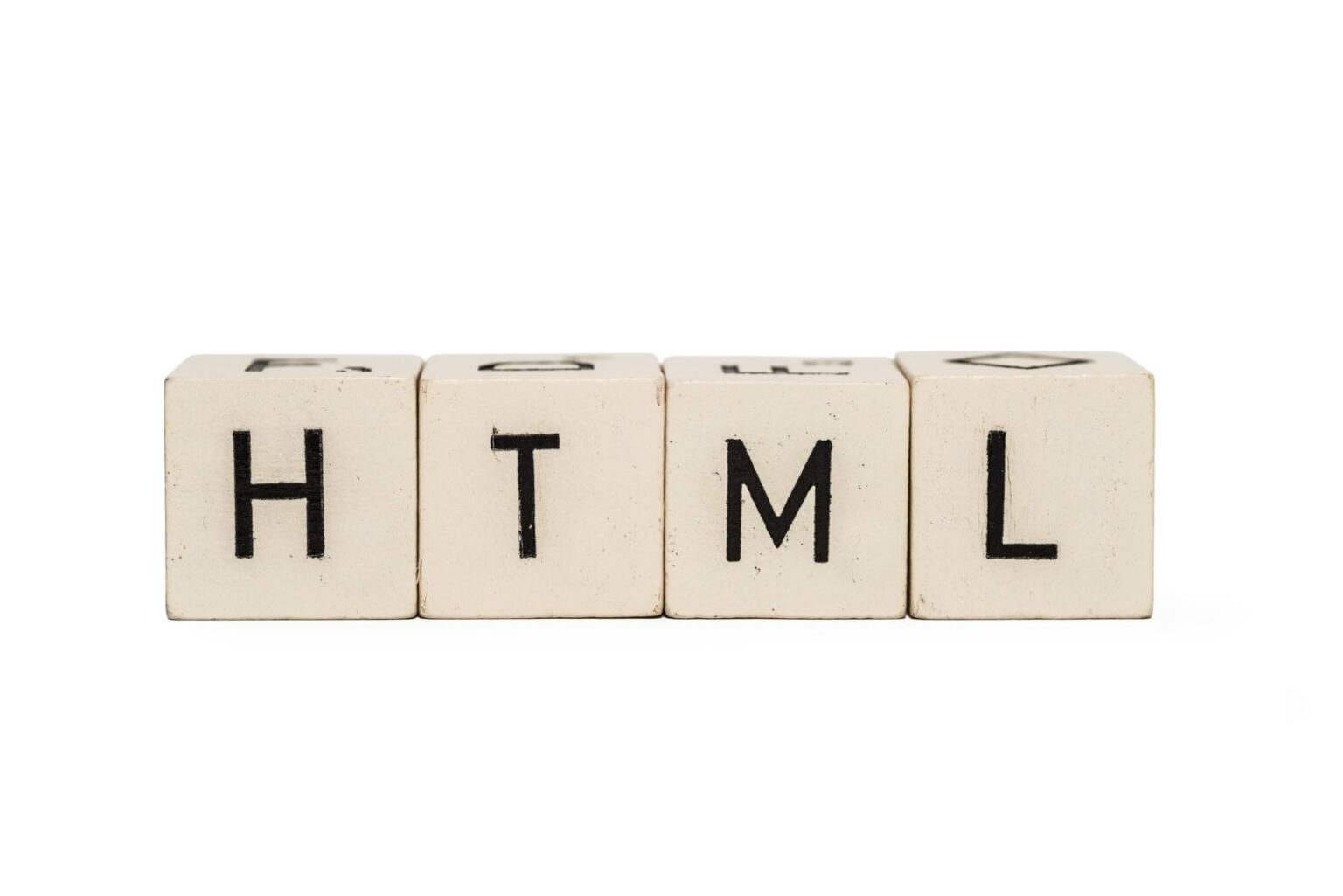Did you know that it takes visitors roughly 0.05 seconds to form an opinion of your website? And what’s more, 38% of people will click away if the content of a website is unattractive!
Let’s face it, we have all been there. You open a page, it looks terrible, and you end up clicking away. Or at the very least form a mediocre opinion of the company or site.
Is your homepage one of these? If so you may be losing traffic, sales or potential leads.
The great news is that you can turn this around instantly by optimising your homepage design. Which is why we want to tell you all about the top optimisation tips that you can use to make your homepage look A-M-A-Z-I-N-G. Not to mention boost sales like a boss.
Read on to find out what these are.
Create a Strong Identity
If a homepage is a handshake with a new visitor, you want yours to be a firm one. It is vitally important that you use your website homepage design to clearly express who you are and what you do.
To achieve this your homepage should be memorable, have consistent branding and present a clear statement of what your site or company does.
State Your Value
After establishing who you are and what you do, a homepage should outline why the reader needs your product or service. This is your value statement.
The most compelling value statements are generally very simple and clear. If designed right, simple value statements can be much more powerful than long rambling blocks of text explaining the virtues of your company.
Instead, you can reiterate your value statement in multiple places on your page using different wording or graphics.
Incorporate CTAs into Your Homepage Design
Once you have clearly conveyed who you are, what you do, and why the reader needs this, you should incorporate CTAs into your homepage. CTA stands for ‘call to action’ and is a key website design element.
Calls to action serve to guide people to check out your services, products, blog etc. Basically, it takes your visitors to wherever you want them to go next. This, in turn, increases your conversion rate optimisation.
CTAs usually take the form of buttons. Such ‘Buy Now’, ‘Sign Up’, ‘Activate Your Free Trial’ etc. But they don’t always have to be buttons. Anchor text CTAs can also perform if worded well.
Optimise for Mobile
According to the stats, 2018 saw 52% of web traffic coming from mobile devices. Which means that if you are not optimised for mobile – you may be missing out on some serious traffic!
Industry experts are predicting that mobile traffic will only increase. To keep up with this trend, make sure that mobile optimisation is a priority for your site.
There are a number of elements to optimising your site for mobile:
- Redesigning pop-ups to be mobile-friendly (i.e. not blocking the entire screen)
- Creating a responsive design
- Increasing your site’s speed
- Getting reliable web hosting
- Testing your site’s mobile responsiveness
Get That Load Time Down
Speaking of load time… One of the top ways to optimise your homepage is to get that load time down.
Noone enjoys slow page loads, and it turns out that 53% of visitors will abandon a site completely if it takes more than 3 seconds to load. This means that if your homepage has a 3 second load time or above, you could be losing close to half your traffic.
To remedy this disaster, there are a number of things you can do:
- Use lightweight images optimised for web
- Enable compression
- Optimise your code
- Remove render-blocking scripts
- Use browser caching
- Reduce any redirects
Learning how to speed up your site is key to keeping new visitors engaged and on your page.
Use Crisp Images
Beyond optimised easy-to-load images, you also want to make sure that the images in your website homepage design are super crisp. This speaks to the professionalism and creates an attractive effect.
Remember that stat about how 38% of people will leave a page that looks unattractive? Well, images that are blurry and of bad quality definitely fall into this category!
Another homepage image tip is to use images that contain people. This has been shown to increase customer trust. Also, avoid bland stock images, as these prove to disengage customers.
Get Colour Smart
Getting colour smart on your homepage is very important. Colour is a powerful way to leverage emotions and set a tone. They can also be used to attract attention to certain elements on a page.
In the wise words of Neil Patel, no one colour is ‘the best’ colour for website design.
Therefore avoid going down the rabbit hole of tests showing which colours boost conversion, sales, lead generation, etc. Instead, focus on what colours express your brand’s nature and utilise colour contrast.
Colour contrast can be used to make important elements pop on your homepage. For example, a lot of CTA buttons are red. But this does not mean that red is the only colour you can use.
Instead, find a colour that contrasts boldly and see for yourself how it performs.
Let Negative Space Work for You
Negative space is a concept that is used in art, design, interior decorating, garden design, architecture, photography… and just about any other place that people are trying to make something look good!
Negative spaces are blank or bare areas that create a feeling of spaciousness and throw attention to areas of non-negative space.
In website design, this is vital because it directs the viewer’s focus to the important elements that you need them to notice.
You can incorporate negative space in the following ways:
- By using images that contain negative space
- By creating negative space around elements on your homepage
- By incorporating negative space into your header and navigation bars
Final Word
A badly designed homepage can leave many internet users running for the hills (aka a more appealing page). Obviously, this is the last place you want your hard earned visitors to go.
Thankfully, there is no need for you to be in this position.
Why? Because you are now armed with some pro homepage design tips for taking your site to the next level.
If you like to go pro with everything you do, then check out our pro-level web services.






